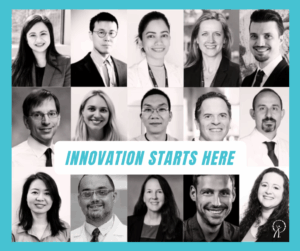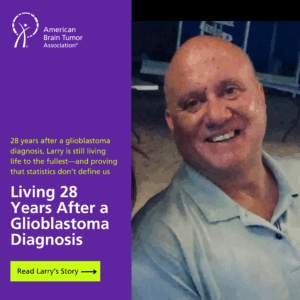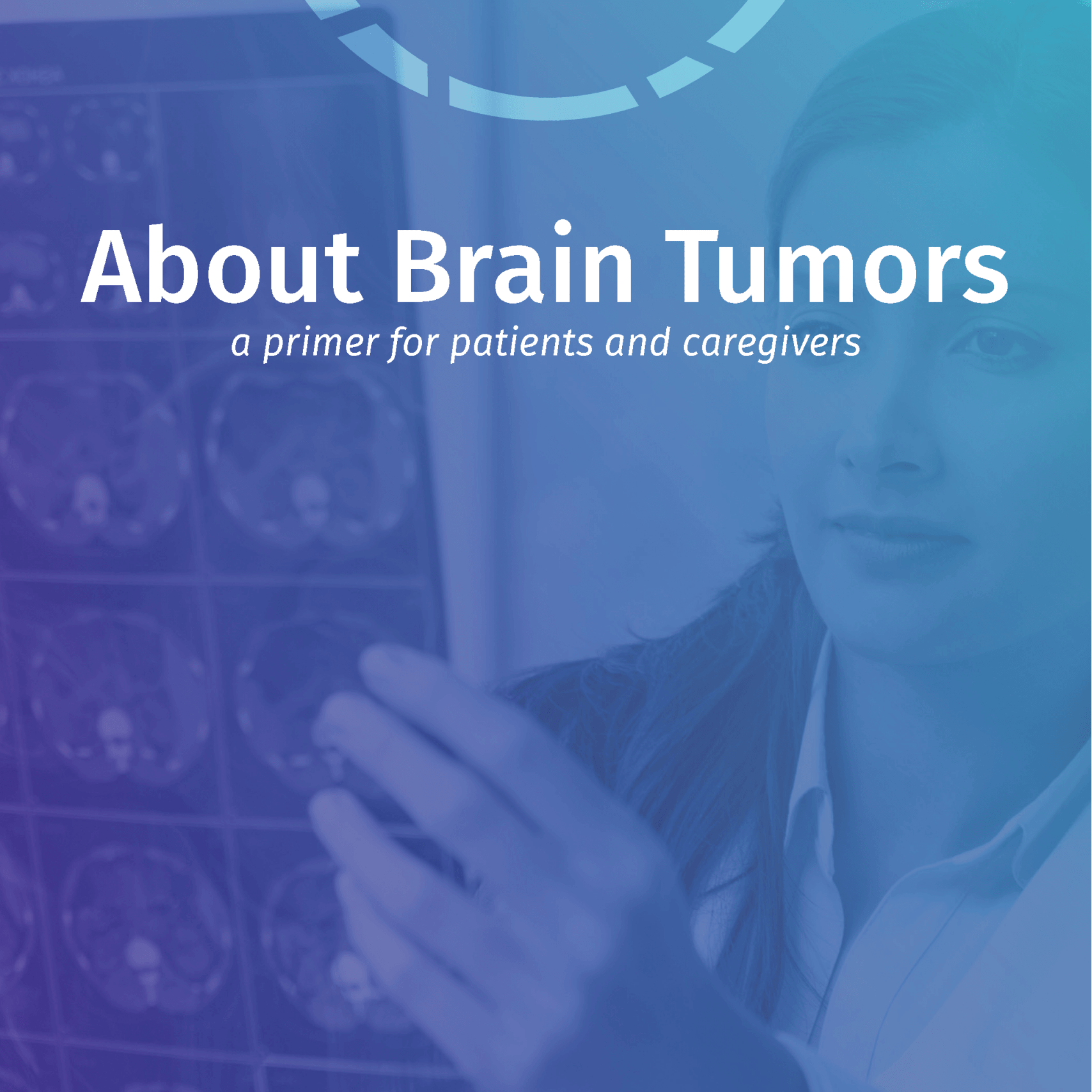In recognition of Glioblastoma (GBM) Awareness Day on July 16, MindMatters recently spoke with Dr. Federico Gaiti, a scientist at the Princess Margaret Cancer Centre, whose research is helping to reshape how the scientific community understands and approaches this aggressive form of brain cancer.
Dr. Gaiti is also the ABTA’s July Researcher of the Month, recognized for his innovative work exploring how glioblastoma cells interact with the brain’s environment.
He is a recipient of the American Brain Tumor Association’s 2023 Research Collaboration Grant—a multi-investigator, multi-institutional award designed to support collaborative efforts to drive progress in brain tumor research. Glioblastoma (GBM) is the most aggressive form of brain cancer—and one of the most difficult to treat. Dr. Gaiti was initially drawn to the field because of the complexity of GBM and specifically interested in “how cancer evolves in the context of a very specialized environment like the human brain.”
With a background in evolutionary biology and genomics, Dr. Gaiti leads a lab that focuses on understanding how glioblastoma develops and spreads. Over time, his team has shifted its focus from the inner workings of tumor cells to how these cells interact with their surroundings—including neurons. It’s part of a fast-growing area known as cancer neuroscience, and it’s revealing some surprising insights into how GBM operates.
Tumor Cells in Disguise In a recent study published in Developmental Cell, Dr. Gaiti’s lab made a striking discovery: some GBM cells imitate normal, immature brain cells called oligodendrocyte progenitor cells (OPCs). These “camouflaged” tumor cells hide in plain sight as they infiltrate the brain.
“What’s both fascinating and concerning is that these infiltrating cells don’t look like your stereotypical “aggressive” tumor cells.” Dr. Gaiti explains. “Instead, they camouflage themselves by mimicking normal brain cells. This helps them invade and evade detection, making them especially dangerous.”
This finding opens new doors for treatment. Instead of only trying to kill fast-dividing tumor cells, scientists could try to block the signals that allow cancer cells to “pretend” to be normal—or even push them to mature, making them less invasive.
Two key strategies his team is excited about are:
- Differentiation therapy – encouraging these hijacked OPC-like GBM cells to develop into less harmful states.
- Disrupting tumor-neuron communication – stopping GBM cells from hijacking brain circuits for their own survival.
What’s Next? New Paths to Target GBM
Now that his team has identified how GBM cells copy OPC behavior, they’re asking deeper questions: What keeps these cells in that dangerous, immature state? And how can we disrupt it without harming healthy brain cells?
They’re especially focused on molecular “gatekeepers,” like transcription factors and signaling pathways that could be targeted by future therapies.
At the same time, Dr. Gaiti’s lab is studying how these tumor cells physically and functionally connect with neurons—forming circuits that could help the tumor grow and resist treatment.
“It’s an exciting but still emerging area of GBM research,” he says. “And it’s helping us see brain cancer not just as a mass of cells, but as something that actively engages with and exploits the brain’s own circuitry to spread and survive.”
Why Basic Science Matters
While the spotlight often shines on clinical trials and treatment breakthroughs, Dr. Gaiti emphasizes the importance of basic research—the kind of detailed, behind-the-scenes work that lays the foundation for future therapies.
“It’s not enough to know a tumor has a mutation,” he says. “We need to understand how these cells behave, evolve, and adapt. That’s how we’ll get ahead of them.”
This kind of research takes time, resources, and vision—and that’s where public awareness and funding of basic research play a crucial role.
GBM Awareness Day: Why Visibility Matters
With GBM Awareness Day on the horizon, Dr. Gaiti is hopeful that greater public attention can drive more support—not only for patients and caregivers, but for the researchers working to change the future of GBM.
“GBM is a devastating diagnosis, and yet it doesn’t always get the visibility or funding other cancers receive,” he says. “But increased awareness can change that. It can lead to more research dollars, more clinical trials, and more brilliant minds joining the field.”
– Dr. Federico Gaiti
He also calls for bold investment in high-risk, high-reward science—the kind that challenges conventional thinking and dares to explore new frontiers.
“Incremental change won’t be enough,” he says. “To truly make progress against GBM, we need bold ideas and long-term commitment. And that starts with recognizing just how complex—and urgent—this challenge really is.”
Learn More
Dr. Gaiti’s research is supported in part by the American Brain Tumor Association (ABTA). This GBM Awareness Day, we honor the scientists, clinicians, and patient advocates working tirelessly to push the boundaries of what’s possible—and bring hope to those facing this disease.










